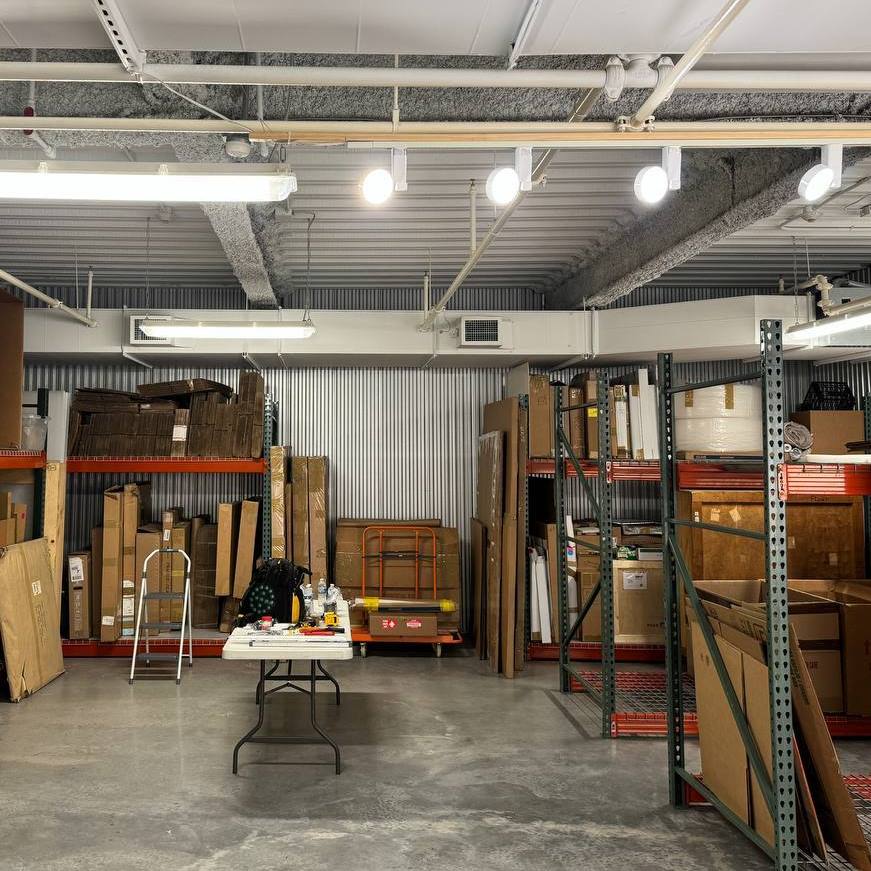Artwork storage solutions have been evolving in terms of design and purpose throughout history. From utilitarian purposes of protecting sacred treasures and cultural legacy to modern tech-driven systems of art conservation, art storage has changed fundamentally. Here is a glimpse of the evolution of art storage from ancient times to the 21st century.
Artwork Storage Solutions of Ancient Civilizations
One can trace the origins of organized art storage to ancient civilizations, such as ancient Egypt or Greece. During those times, artwork and treasures were housed in temples and tombs for religious and commemorative purposes. Rulers’ palaces were also embellished with elegant works of art as symbols of power and spirituality. In ancient Greece, the sanctuary of Apollo at Delphi represented a large-scale storage facility for sculptures, paintings, and weapons. However, storage of that period wasn’t designed with conservation purposes in mind; artworks were placed in vestibules and inner chambers.
Artwork Storage in the Middle Ages
The dominance of religious organizations in the Middle Ages explains the fact that most art pieces were held in churches and monasteries, with a few being stored in private collections of ecclesiastical authorities. Priority was given to artwork with religious and sacred meaning or subjects. Storage solutions became more advanced, with inventoried storerooms and basic classification systems emerging to replace simple vaults.
Innovations of the Renaissance
The Renaissance witnessed the emergence of “cabinets of curiosity” – new artwork storage solutions popular among nobility, merchants, and scholars. Often housed in private residences or palaces, such cabinets presented the owner’s art collection and symbolized their power, knowledge, and prestige. Many noble families organized hidden cupboards for precious art, limiting access to art only to elites.
Scientific Conservation and Protection in the 20th Century
The art community started realizing the dangers of art deterioration in the early 20th century, which marked a shift toward designing conservation-friendly storage with environmental controls. Museums, galleries, and large-scale collection owners started investing in climate control systems to regulate temperature and humidity in their storage facilities so that their art property remained intact from damage.
High-Tech, Sustainable Artwork Storage of Modern Times
Contemporary museums, galleries, auction houses, and other art-related entities have gone far forward in the organization of safe, professional artwork storage. The majority of expertly designed storage facilities integrate automation, digital tools, and sustainable solutions to optimize space, artwork tracking, and condition monitoring in real-time. AI and predictive maintenance systems are also finding a deserved place in the art preservation facility design.
